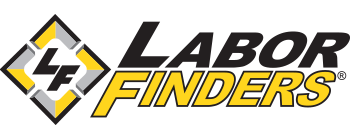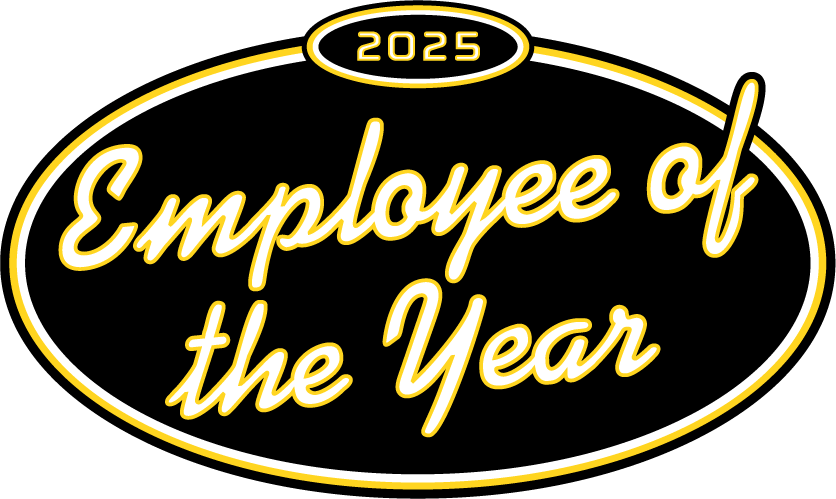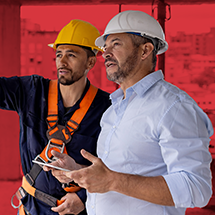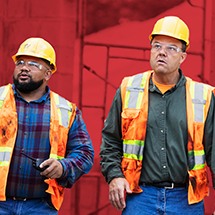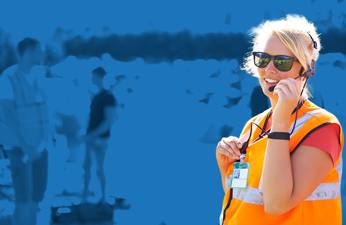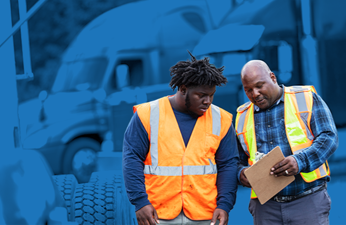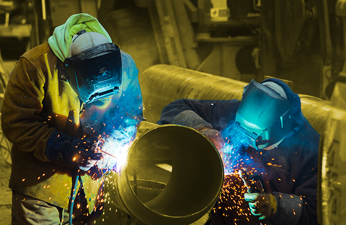-
Job Seekers
X
Job Seekers
Whether you're looking for a temp job or a permanent career, Labor Finders has you covered!
-
Explore
- How it works
- Industries
- Blog
- Locations
- Job Search
You May Also Be Interested In

2025 Employee of the Year
Learn more about our amazing Employee of the Year
-
-
Employers
X
Employers
Let us help you find the workers you need, when you need them.
You May Also Be Interested In
-
Industries
X
Employer Industries
Ready to staff your next project? Our staffing experts has the knowledge and the workers to cater to your unique staffing needs.
In this Section:
Job Seeker Industries
From construction to waste management, we have job openings in whatever industry you’re interested in.
In this Section:
-
About
X
About You
Getting matched to the right job, gaining the flexibility you want, making an impact in your community - at Labor Finders, it’s all about you!
-
You may also be interested in
- About Us
- Job Search Results
- Find an Office
- How it works
- Blog
About Us
With almost 200 offices nationwide, we’ve been putting people back to work for over 40 years. See why we’re a leader in the blue-collar staffing industry.
-
You may also be interested in
- About Us
- Media Center
- Video Library
- Leadership Team
- Careers
- In The Community
- History
-
- Location
Employment Readiness
How to Become a Certified Flagger
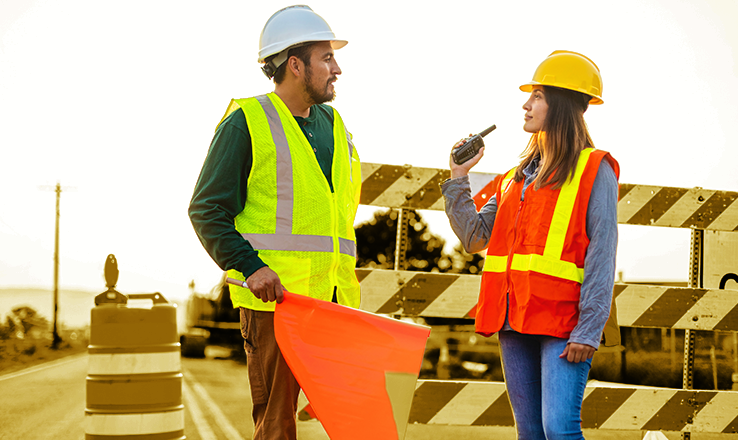
If you’re looking for a hands-on job that keeps you active, pays well, and makes a real difference in keeping people safe, becoming a certified flagger could be a great fit. Certified flaggers keep drivers, pedestrians, and construction crews safe around active work zones. To become a flagger, you must complete an approved training course that teaches safety regulations, proper use of hand signals and paddles, and effective communication with other crew members. After passing your certification exam, you can apply for jobs through local construction companies, government agencies, or staffing firms like Labor Finders that connect skilled workers to roadwork projects. Becoming a certified flagger doesn’t require a college degree—just the right training, attention to safety, and a willingness to work as part of a team.
Are you thinking about getting a job as a flagger? Here’s everything you need to know.
What is a Flagger?
A flagger is a construction worker responsible for keeping drivers, pedestrians, and fellow crew members safe during road construction projects. They direct traffic safely around construction sites using paddles and hand signals. They also make sure that heavy equipment operators navigate their equipment on and off highways and other major roadways.
A Certified Flagger’s Work Life
Flaggers mostly work on road construction sites, from highways to bridges, to ensure traffic flow. They can be hired as contractors for private companies or government agencies like the Department of Transportation. Flaggers can also find work through staffing agencies that specialize in fulfilling the labor needs of construction companies on a project-by-project basis.
Flagging can be fast-paced, as roadwork is often done on a tight schedule. You can expect to work all types of shifts, including overnight shifts. Flaggers don’t work alone but in teams, communicating on hand-held radios. Like many construction jobs, a flagger must always be alert and focused because the job can be dangerous. It’s also important for these workers to wear safety gear and follow safety rules and procedures.
Why Use a Staffing Agency to Become a Certified Flagger
Working with a staffing agency with contacts in the construction industry makes it easy to get hired. They work with construction clients in your city who are already looking for flaggers, shortening your time to get a job. Some staffing agencies, like Labor Finders, offer weekend flagging certification classes. Once you have your certifications, you can gain experience with a steady stream of temporary assignments. If you need a flexible work schedule or are ready to leap into a permanent full-time position as a flagger, a staffing agency can help you get there.
Certified Flagger Job Requirements
While you don’t need a formal degree to become a flagger, most states require that you get certified. Some companies, like Labor Finders, will offer certification and training to their new employees. It’s also possible to get certified through places like local community colleges and special agencies with approved instructors like the American Traffic Safety Services Administration (also known as the ATSSA). Some of the things you'll learn in these programs include using road signs, hand signals, and flagging techniques. You’ll also learn all the safety regulations and procedures every flagger must follow on the job. Once the courses are completed, there's usually a test you have to pass to get a certification card. Be sure to check your local state’s requirements for flagger certification.
Aside from training how to be a flagger, there are other skills you’ll need to be successful. One of the biggest skills is communication. In this line of work, the difference between a great day on a construction site and a disastrous one is how well you talk to other flaggers, construction workers, and the drivers you’re directing. You must be in constant contact with your fellow flaggers, making sure you’re all on the same page, doing tasks such as closing lanes and directing alternating one-way flow of traffic. Flaggers can understand directions both from coworkers and site supervisors. As for communicating with passing traffic, flaggers must know how to use all their signaling devices – flags, signs, and paddles – so drivers understand how to get around a construction site safely. Flaggers also should have the physical stamina required for the job. These construction workers are on their feet for long periods and do additional tasks like moving around traffic cones and clearing debris. Flaggers must also be very alert and able to anticipate safety hazards to work quickly to prevent them.
